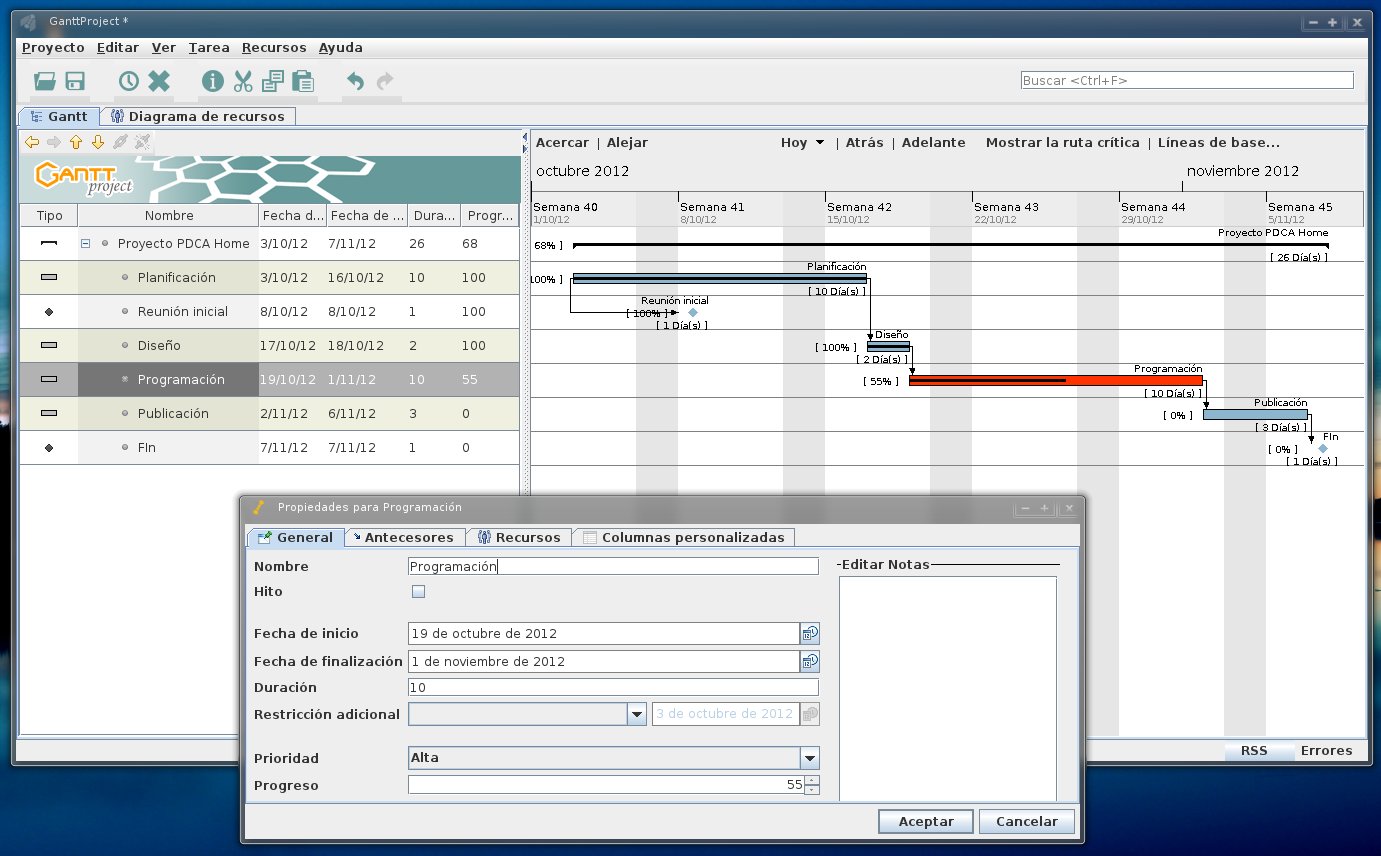How to implement a Map of the Value Chain or Value Stream Mapping in our organizations
Today we will try to give a small guide to the development of Value Chain Mapping, Value Stream Mapping or VSM within our organizations. The philosophy of this technique is to analyze the process in detail to reach the maximum knowledge of it and to see where our process is failing or can simply improve, with this we will achieve that the performance and efficiency of our processes also help save costs .
To start with this type of techniques you have to start by making clear some concepts such as:
– Production lead time: is the time from the time the order is received until it is ready for packaging and shipping to the customer.
– Processing Time: is the time required to perform the tasks of manufacturing a product.
– Time of configuration, or change of tools: is the time it takes to move from one process to another.
– Number of Reprocessed: is the number of units that need to be reprocessed because of faults or defects.
– Batch Size: is the number of units of product that are realized in a determined time.
– Available Time of Equipment (Working Time Available or Uptime): it is the time that we dedicate, or the time of activity, in a determined period (h / day, h / week, h / month …), here we have to despise meetings, Breaks … everything that can disturb the working time, this data can be given in%.
– Waste (Scrap): are the unnecessary costs that are generated in each process. We can differentiate the following:
– Overproduction resulting in excess inventory (stocks of end products and products in progress),
– Unnecessary movements and transport.
– Waiting points and bottlenecks that slow down the process.
– Nonconforming products (manufacture defective products which must then be reprocessed to repair their faults).
– Other activities that generate inefficiencies or unnecessary costs.
– Demand: it is the number of product that we need to manufacture to cover the orders, or the needs of the market.
– Warehouse process: is the stock of products in progress, both in the process and in warehouses and transport.
Then the data to collect and mark in each of the processes are the following, I contribute the encoding of signs for each one.
Next I present a theoretical model of VSM of how the structure of a global map would be after performing the initial study of how we work within our organization, in this step it is important to devote time to it, because any details that can escape repercussion at the time Of the final results. It is necessary to give detail in the flow of the product, information flow, processes and re-processes that are realized, to control the quantity of all the materials with which it is working, times described above, etc …
When we have represented our process, and we have a global vision the next step is to move to the data. Here as well as before you have to carry out an exhaustive study of what data you have to put in each case and most importantly the type of metrics with which we are going to work, for this we must help from different supports in other areas.
In each process, we highlight as basic data to take into account: cycle time, task time,% activity in that process and Batch size or lot size. With the obtaining of all the data we will be able to complete the map and have a vision of how each of the processes and steps are being carried out within the process. With the next step we can carry out a separate study of each process, discovering in this way its capacity and seeing where there are bottlenecks that block the overall process.
Assembling all the mapping of our process, we can begin to analyze it and use the Lean philosophy, one of the first problems that we can encounter is the production in Batch push, each process produces at a different pace in such a way that there will be in areas that are Accumulate material and in others where there is not, therefore, it is sought that a process produces the necessary and fair amount for the next process, or move to a pull production where the next process demand is worked. Trying to perform a JIT process (just in time) from the client to the resources will help the overall process have shorter delivery times with better quality and lower cost. Techniques like FIFO, 5S, Ishikawa, AMFE, Poka Yoke … help to achieve the efficiency of the process, ultimately Kaizen and Kanban philosophy.
So you have to design a plan to reach an optimal performance model from the VSM. Once each technique is implanted in the process it is important to mark them on the map in such a way that we know about each one being executed. Without disregarding the maintenance work performed by the operator, this maintenance can be: corrective, preventive, predictive or total productive on this pillar is based on the philosophy Jidoka, where the operator takes a vital role in fault detection.
